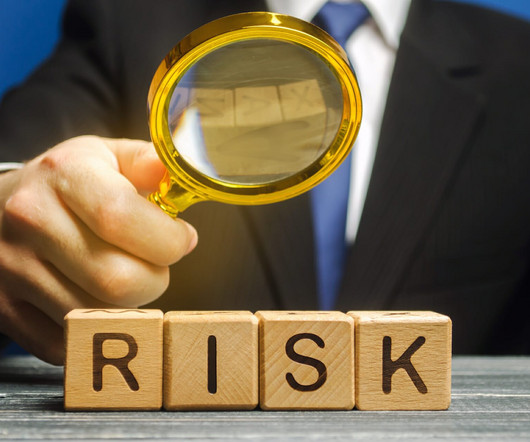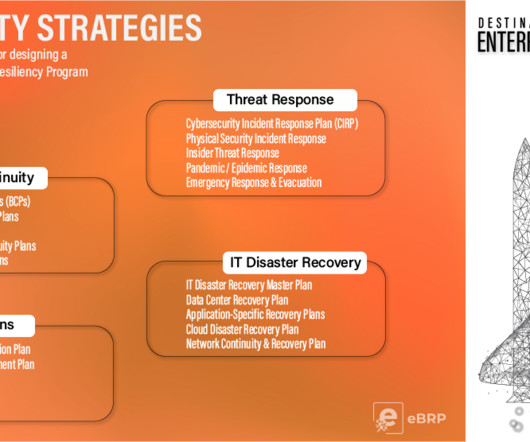Top 10 Resources to Help You Become a BCM Ninja
MHA Consulting
JANUARY 26, 2023
In today’s post we’ll look at the top 10 free or almost free resources business continuity management professionals can utilize to help them raise their BCM skills and effectiveness to ninja level. However, there is one aspect of doing BCM that is much better and easier than it was when I was getting started 25 years ago.



















Let's personalize your content